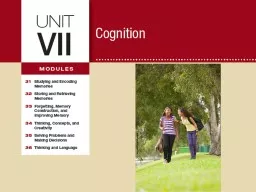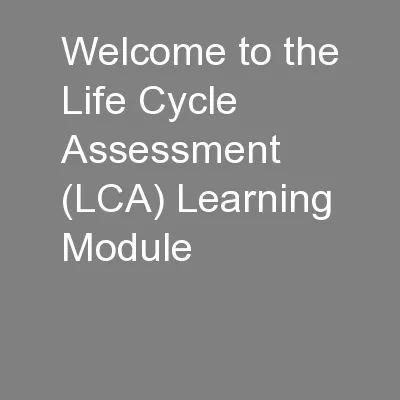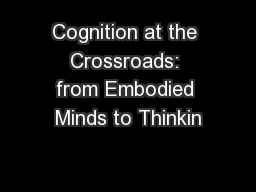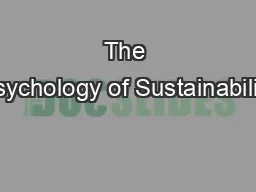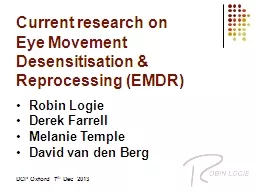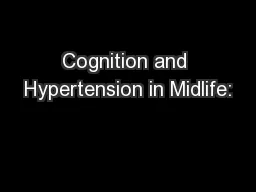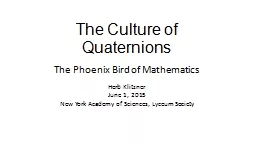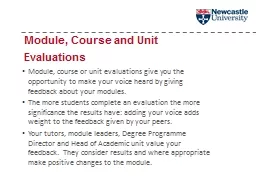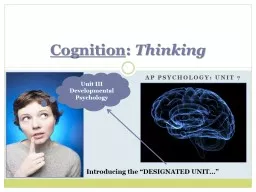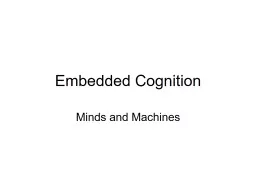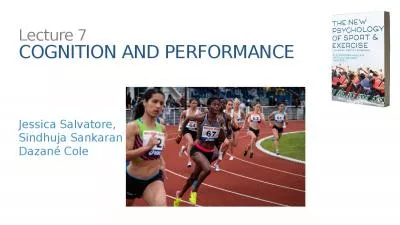PPT-Unit 7 Cognition Module 33
Author : quinn | Published Date : 2022-02-14
Forgetting Memory Construction and Improving Memory Learning Targets 331 Explain why we forget 332 Discuss how misinformation imagination and source amnesia influence
Presentation Embed Code
Download Presentation
Download Presentation The PPT/PDF document "Unit 7 Cognition Module 33" is the property of its rightful owner. Permission is granted to download and print the materials on this website for personal, non-commercial use only, and to display it on your personal computer provided you do not modify the materials and that you retain all copyright notices contained in the materials. By downloading content from our website, you accept the terms of this agreement.
Unit 7 Cognition Module 33: Transcript
Download Rules Of Document
"Unit 7 Cognition Module 33"The content belongs to its owner. You may download and print it for personal use, without modification, and keep all copyright notices. By downloading, you agree to these terms.
Related Documents

